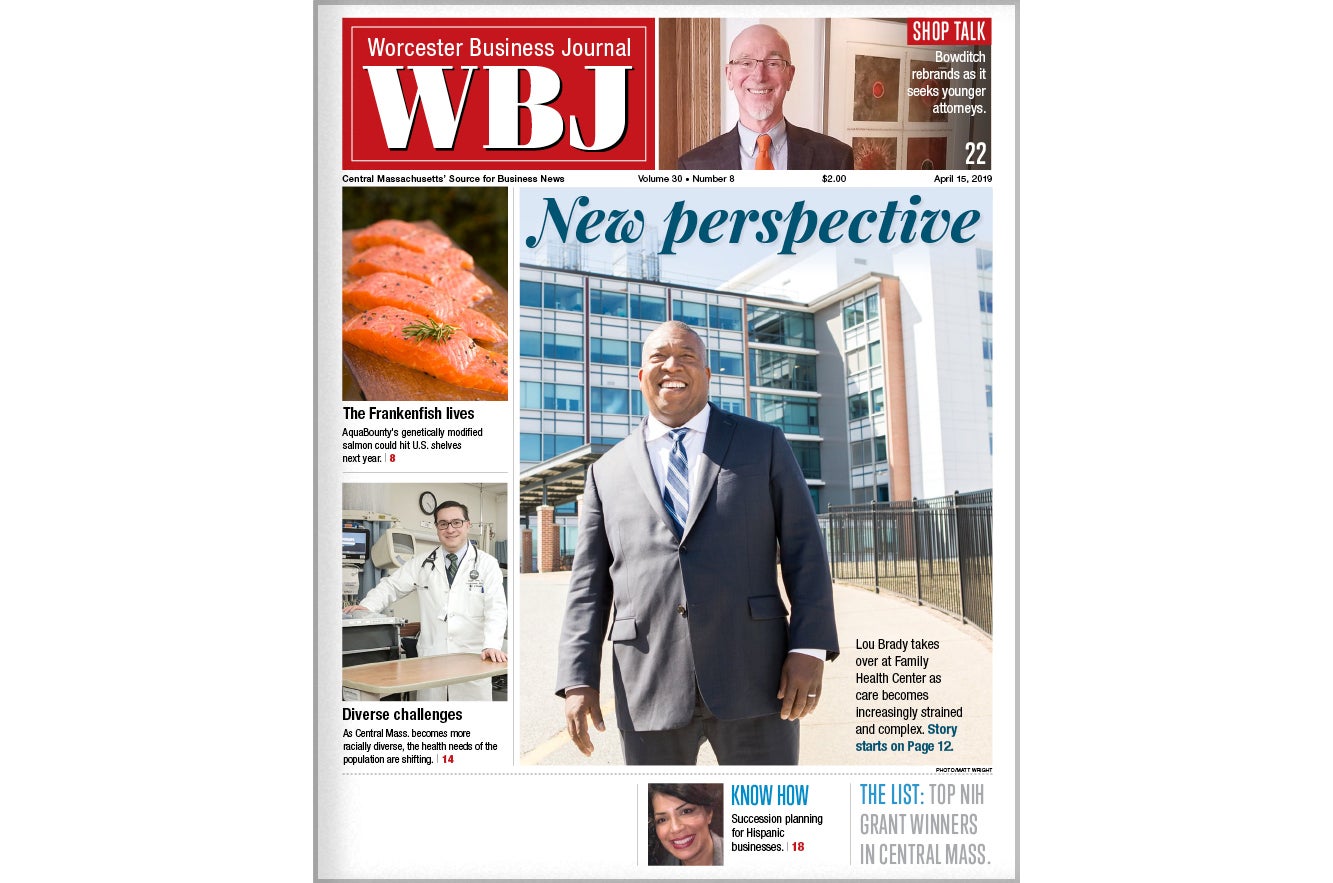Branching out: Do's and dont's for opening a satellite office
By justin roy
Opening a satellite office is a big step, especially for a firm that has historically had all of its employees based in one place. Having opened our first satellite office in Chicago this year, SullivanKreiss, headquartered in Northboro, can attest to that.
A key motivator for opening a satellite office for many firms, including ours, is to be close to clients and hot prospects. A local presence fosters better communication with clients and prospects, and, we hope, helps us win more business from them.
Although it’s easy to sign a lease for a branch office, making the most of a new location is far from easy. There are many new management issues revolving around human resources and inter-office communication to consider when opening a base in a new territory. Some of these matters offer the firm possible advantages, and others can cause dissension in the ranks if not handled well.
Three key issues impacting satellite offices are:
• Choosing the right location
• Maintaining good communication with headquarters
• Preventing employees at the satellite office from feeling isolated from the rest of the firm
Location, location, location
While being near clients is the primary reason many firms open a branch office, a sometimes-overlooked benefit is to be closer to recruits. In fact, we sometimes recommend that clients open a satellite office in a particular location in order to attract new talent.
Firms based on the outskirts of a metropolitan area, for instance, sometimes have difficulty luring professionals who prefer the urban lifestyle. These recruits may be turned off by a difficult commute, or may not even own a car. If the firm’s main or regional office is not located near public transportation, office location can be a deal-breaker for some, particularly in a hot job market. You may find that the cost to attract and retain personnel in a suburban location greatly exceeds the cost of leasing an office in a city center.
Many architects and engineers enjoy the amenities of a big city; so I strongly recommend that the site of a branch office be located so that these professionals have an easy commute.
Keeping in touch
One of the big challenges in opening a satellite office is to maintain good communication with the rest of the firm. This can be especially difficult when you open your first branch.
Face-to-face conversation is my preferred way to communicate because of the ability to read others’ facial expressions and body language. Having been accustomed to quickly calling impromptu meetings with colleagues when I was based at headquarters, it’s been a tough adjustment to use other communication methods.
Besides missing the non-verbal cues, not being able to gather everybody together at one time to talk about a certain subject is also disadvantageous. By necessity, I’ve been using e-mail a lot more often because it’s easier to mass communicate on select issues.
We hold weekly conference calls, and that helps to keep up to date with what’s happening at the home office. The key to conference calls is to make sure that everyone is thoroughly prepared to discuss items on the agenda. It’s best to actually conduct meaningful discussions and make some decisions during these events; otherwise they can become nothing more than mandatory time-wasters.
No branch office should be an island
One of the downsides to working in a satellite office is having the sense that you are away from "all the action" at headquarters. You don’t have as many opportunities to interact with managers and colleagues, and you may have a sense that people at headquarters don’t really know what you’re contributing to the organization. As a result, some branch office employees may feel that their opportunities are limited.
It’s up to managers at both the branch office and headquarters to counteract those fears. One way to do that is to make sure that satellite employees get the recognition they deserve by publicizing their accomplishments at headquarters. This can be done through firm newsletters, memos, and by giving awards. Make sure branch office workers’ efforts are acknowledged in detail.
Another key to retaining branch office employees is to ensure that they know about openings at headquarters and that they have opportunities to apply for those positions. There’s nothing more frustrating for ambitious workers than the feeling that they’ve reached a career impasse. This conception may be even more acute for those at branch offices if they feel cut off from headquarters. Managers should keep this in mind, and make every effort to make these employees feel part of the team.
Justin Roy is director of Midwest Operations for SullivanKreiss, an executive recruiting firm focused on architecture, landscape architecture, planning, and engineering. He can be reached at 312-893-5058 or jroy@sullivankreiss.com








0 Comments